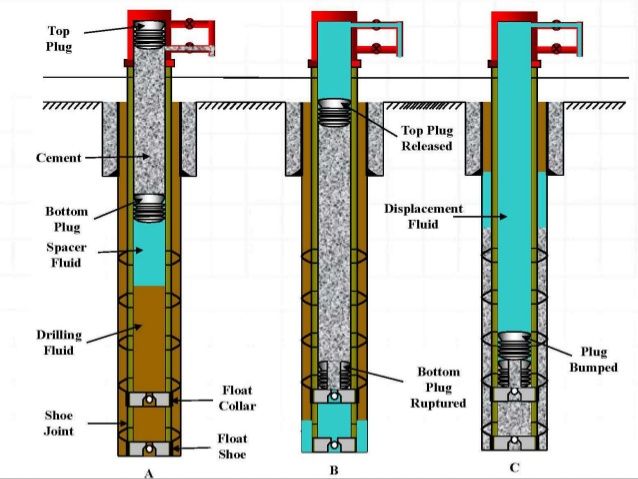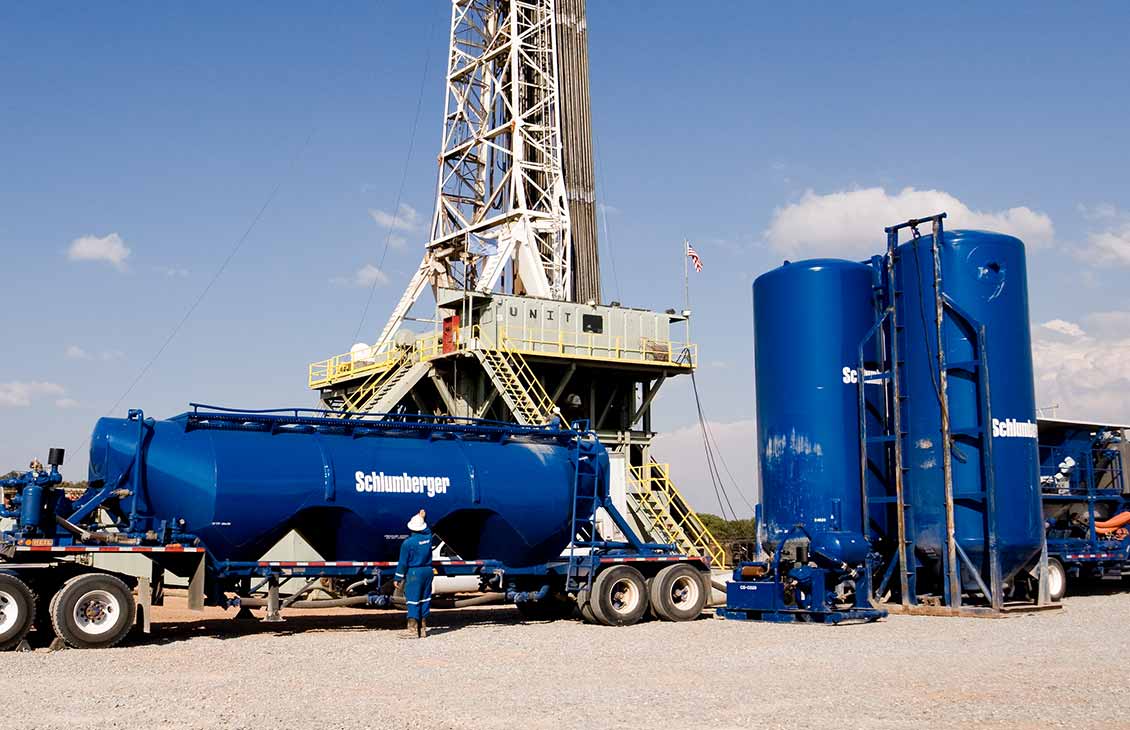Developing a Cost-competitive Cementing Contract
Technical, Commercial and Contractual overview and recommendations for well cementing operations

Introduction
Well cementing is the process of introducing cement slurry to the annular space between the casing string and well-bore or to the annular space between two successive casing strings. Cement slurry – a combination of cement and various chemicals – ensures zonal isolation. It is a critical success factor because zonal isolation provides a barrier for the well as well ensures adequate fracturing of the reservoir.

Cement classes and additives
In North American shales, cementing contributes to 3-5% of the well cost. Out of this, bulk cement makes the third of the cementing service cost and is the core for the successful job. There are different classes of bulk cement that are used for well cementing.
API Cement grades A, C, G, and H are the most used cement classes. The remaining classes are used in specific situations, such as when resistance to high sulfates is required. ASTM types I, II and III correspond to API cement grades A, B and C.
- Class A. 0–6000 ft used when special properties are not required
- Class B. 0–6000 ft used when conditions require moderate to high sulfate resistance
- Class C. 0–6000 ft used when conditions require high early strength
- Class D. 6000–10000 ft used under moderately high temperatures and pressures
- Class E. 10000–14000 ft used under conditions of high temperatures and pressures
- Class F. 10000–16000 ft used under conditions of extremely high temperatures and pressures
- Classes G and H. 0–8000 ft can be used with accelerators and retarders to cover a wide range of well depths and temperatures.
- Class J. 12000–16000 ft can be used under conditions of extremely high temperatures and pressures or can be mixed with accelerators and retarders to cover a range of well depth and temperatures.
Additives to bulk cement are selected specifically to meet objectives of a specific well. They make the cement slurry viscous, control setting time, fluid loss and lost circulation. Additives is where the cementing service company makes most of the profit from the service.
The following is a typical list of cement additives:
- Accelerators reduce setting time and increase the rate of compressive strength build up.
- Retarders extend the setting time
- Density Control
- Extenders lower density
- Weighting Agents increase density
- Dispersants reduce viscosity
- Fluid loss control agents
- Lost circulation control agents
- Others

Schlumberger Field Cementing Operations
Challenges in North America
There are specific challenges related to the quality of the rendered cementing service in different regions. The biggest four challenges that are grouped based on feedback by operators in the North American shale are:
- Temperature prediction and its effect on the thickening time of the cement
- Displacement efficiency. While not easy, selection of the correct stand-off, pump volumes and rates, spacer selection, pipe movement, etc can completely displace all existing fluids and replaced with cement
- Cement integrity after hydraulic fracture stress and mechanical properties of the selected cement. Surface casing vent flow has been an issue in Utica and Montney basins.
- Potential gas inflow into the wellbore before cementing both in underbalanced and overbalanced wells.
Commercial success factors
As for any other service, selecting the right contract type, terms and conditions, clear scope of work/service and remuneration model is as important as providing the right engineering support to operations.
Specific contractual and commercial challenges an operator might face on land cementing operations are:
- Waiting time caused by cementing crews not arriving on time. This is a common issue in active locations, such as Permian, and remote locations.
- Overutilization of cement crews.
- Not qualifying right equipment. Looser certification, pressure testing and other requirements can bring to regulatory or HSE issue. Too strict requirements, on the other hand, can limit choices when it comes to selecting suppliers; and reduce the number of approved equipment with the selected supplier, and thus increased wait time.
- QA/QC. Not having right QA/QC requirements in place can lead to issues with proper engineering and blending of the slurry.
- Oversell by contractor due to using more expensive proprietary or alternative bulk cement and additives.
- Higher prices due to the market going up.
To overcome these challenges, one might want to consider the following:
- A typical cement crew can support up to four rigs. Something to think about if a potential or current contractor has five crews to support 30 rigs.
- Clear and approved cement program that is based on the well diagram: excessive volume for the primary, excess, lead or tail cement slurries can mean extra product and disposal costs.
- A relevant list of QA/QC requirements as well as their enforcement procedure.
- Proper assessment of contractor equipment and their certification according to minimum technical and HSE requirements not to fall short of requirements or overspecify.
- Classes A, C, G, and H cement are commoditized so well that could provide the lowest cost option to the buyer.
- Understanding the market. Cementing service cost index would heavily depend on labour rates and bulk cement cost index, which is more influenced by construction than drilling.
- Considering turnkey contracts, where payment is made by well or by volume of pumped in cement slurry.